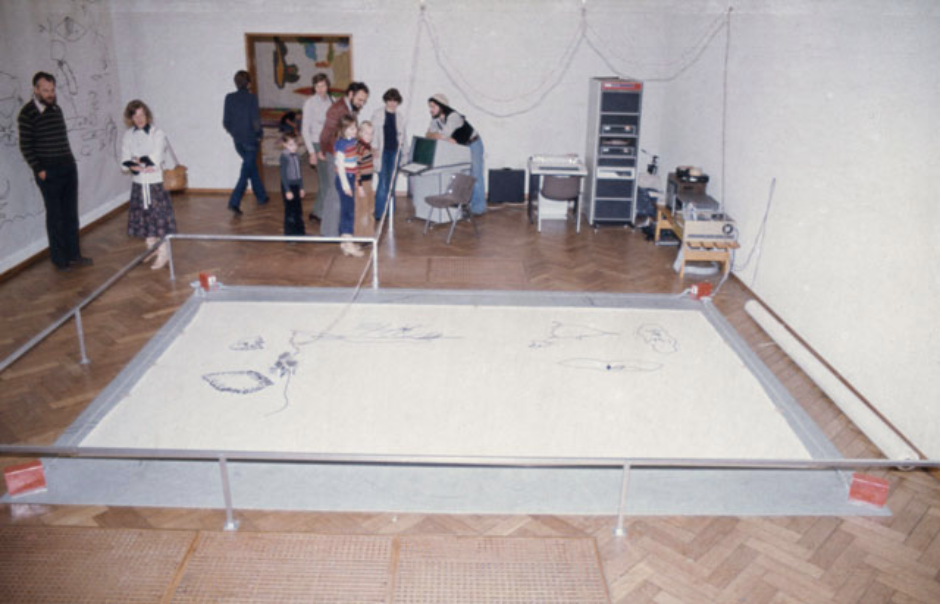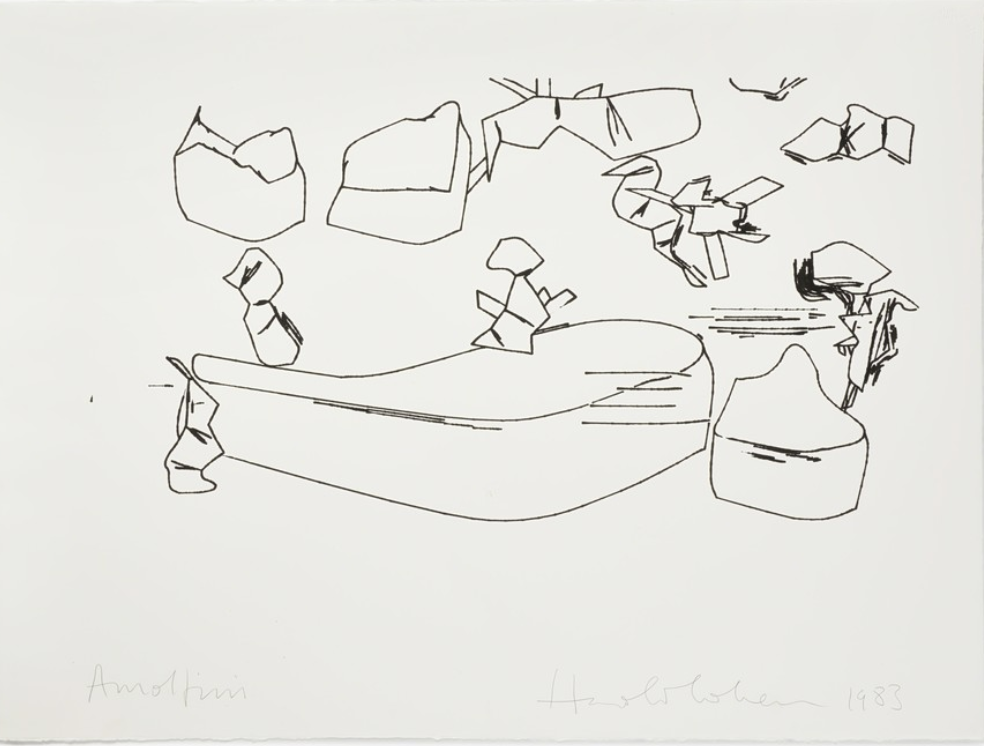Vision was prioritized above all other senses among the Ancients. The modern adages that one must "see it to believe it" or achieve understanding by "seeing the light" reinforce the triumph of vision as a means to knowledge, knowledge of our physical, digital, and imagined environments. Despite this, visual productions and visualizations, historically, have been eschewed as lacking the empiricism and objectivity of logo- and numero-centric approaches.
Human visual perception itself is not direct image transmission, but a mediated process, of computing a likely state of the world given retinal input. Our concept of what constitutes an unmediated image changes as tools for visual production change (in the present day, a photograph; in the 16th century, a copper plate).
From the development of novel tools and methods invariably arise novel outputs and outlooks on visual production. We work within the frameworks and limitations of our tools, and with new tools, expand into new capabilities of visualization.
Here, I think of British artist Harold Cohen, who under the tutelage of Stanford professor of programming and artificial intelligence Edward Feingenbaum, produced AARON, a computer tool that produces visual compositions autonomously. Programmed with primitives on visual entities in the environment, AARON became a visually epistemic machine that produced ceaselessly varied generative drawings.


